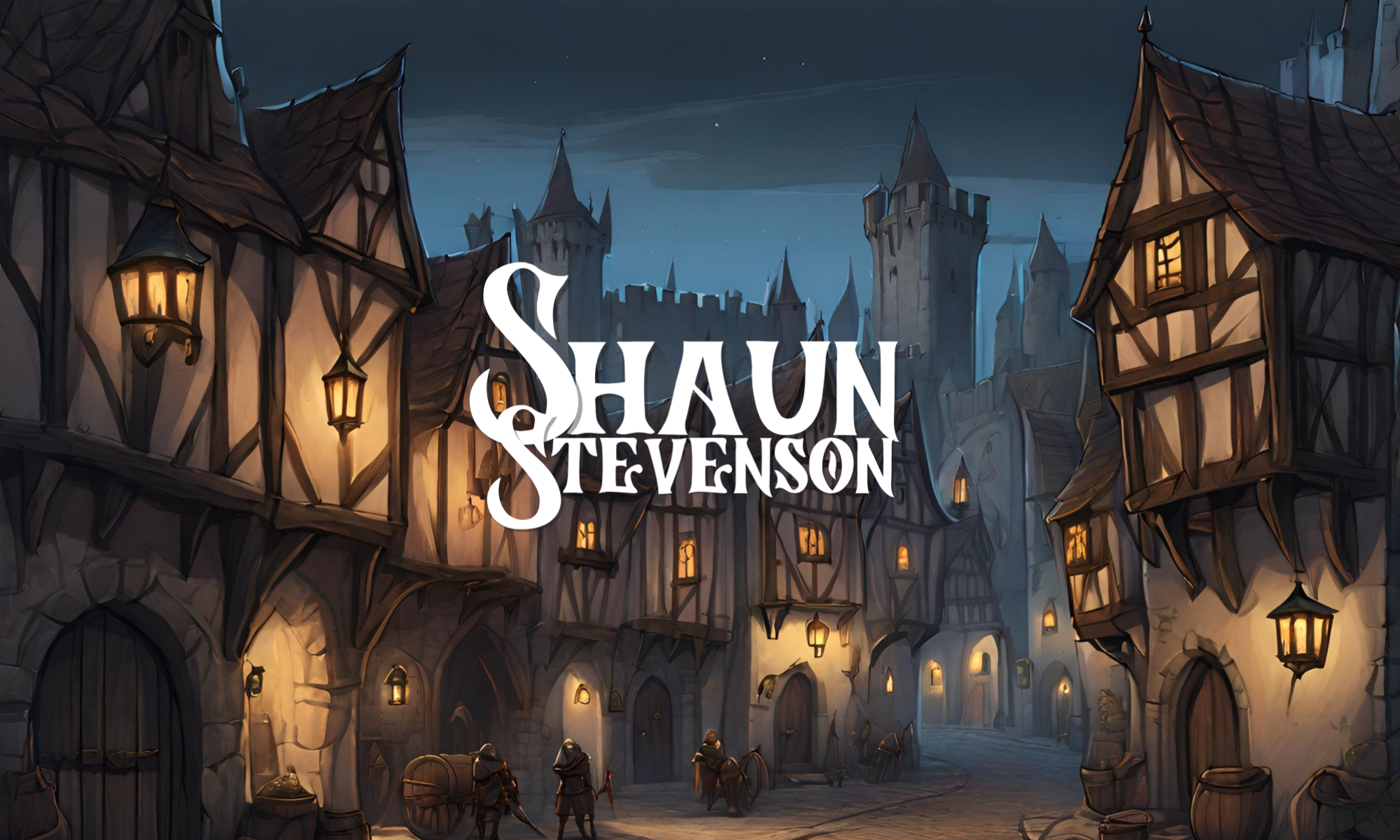
Many Colors: Cultural Intelligence for a Changing Church by Soong-Chan Rah
My rating: 4 of 5 stars
During 2020 in the United States of America, we have seen our fair share of difficult, traumatic, and horrifying seasons. Between global pandemics, political fervor at a fever pitch and ready to explode, the saga of what is truth and what is fake, and natural disasters from tornadoes to hurricanes to wildfires, this has been quite the year. But it has also been an important year because this was the year that racism and cultural identity came to the forefront of public discussion after the tragic deaths of several African-Americans. This conversation was not able to be had in person due to social distancing and quarantines that have affected our country and disallowed people to have this important conversation in person rather than over social media, blogs, podcasts, and the news.
Soong-Chan Rah’s Many Colors: Cultural Intelligence for a Changing Church will not solve these issues. It will not be the sudden revelation that leads to widespread heart change across the United States. It really only scratches a tiny surface of space and allows readers to enter in to the discussion with a toe. But it is an important scratch, especially for those who are in ministry, and for those who are new to the culture conversation.
Let me begin by defining what I mean and what Rah means by culture. “Culture” is a buzz word in many evangelical circles that conjures up images of an oppressed church by a “wicked culture” that seeks to destroy the foundations of Christianity at every turn. While this may be the way some view culture, this is not what Rah is presenting. When he talks about Cultural Intelligence, he is talking more in terms of the ways that groups of people operate in their daily lives: from the types of food that a group may prefer, or music, or film, or ways of communicating. For example, some cultures communicate very directly, with facts and numbers, and seldom tell stories to illustrate an idea, while other cultures are the exact opposite, and will never tell you directly what they are thinking and love stories as way of communication.
Throughout the book, Rah talks about the vast lack of cross-cultural intelligence existing in the United States in particular. Most groups tend to stick together and rarely find ways to cross into each others’ worlds. This is what the book is all about: answering the question of how we extend a hand to others within the body of Christ and respect their culture by seeking to understand, experience, and even embrace it. This is a difficult, difficult task, and Rah starts there by saying it will be hard. It will cause many to have uncomfortable feelings and emotions as they process their own culture, the history of the United States, and then find ways to bridge the gaps that need to be bridged.
Rah doesn’t sit only in theory, as some books in this genre do. The last third of the book is dedicated to practical ways to seek to love one another through hospitality, the telling of stories, journeying together through difficult experiences, and looking at the ways our churches in particular operate and how they may or may not be welcoming to others.
For those who have read other books on the topic, this will not necessarily be new information. Much of the beginning two-thirds may seem repetitive against other works that have spent more time with the subject. However, the last third is particularly helpful, and relevant to the current social climate in the United States as a way forward to discussion, understanding, and bridging the gaps in culture between races.
